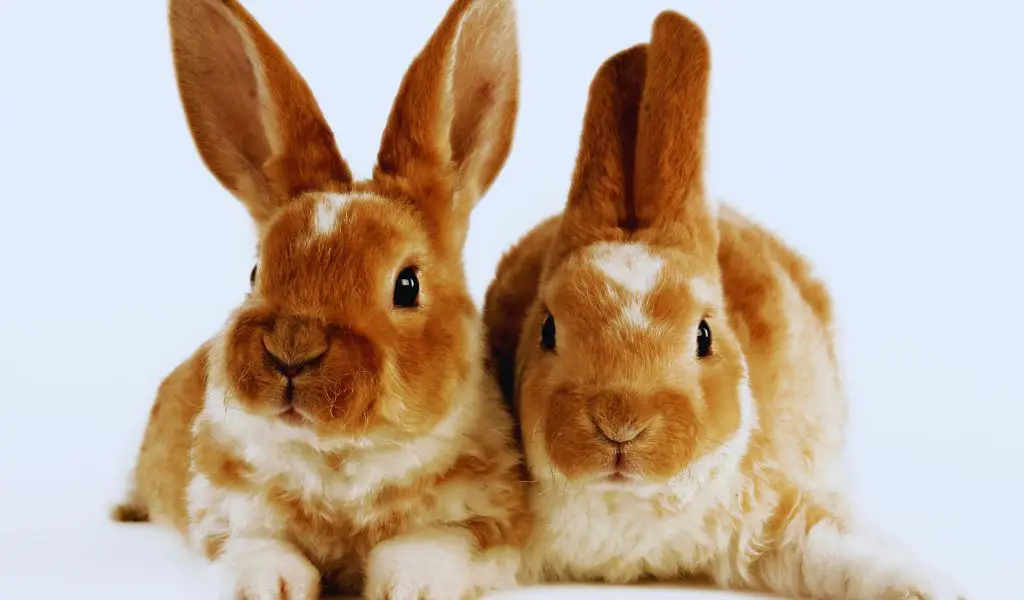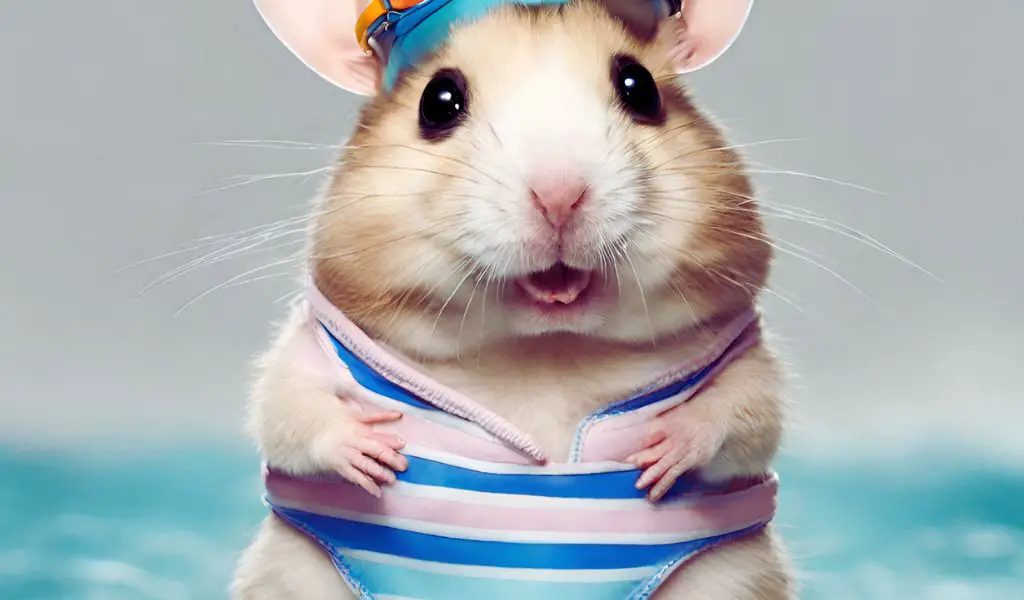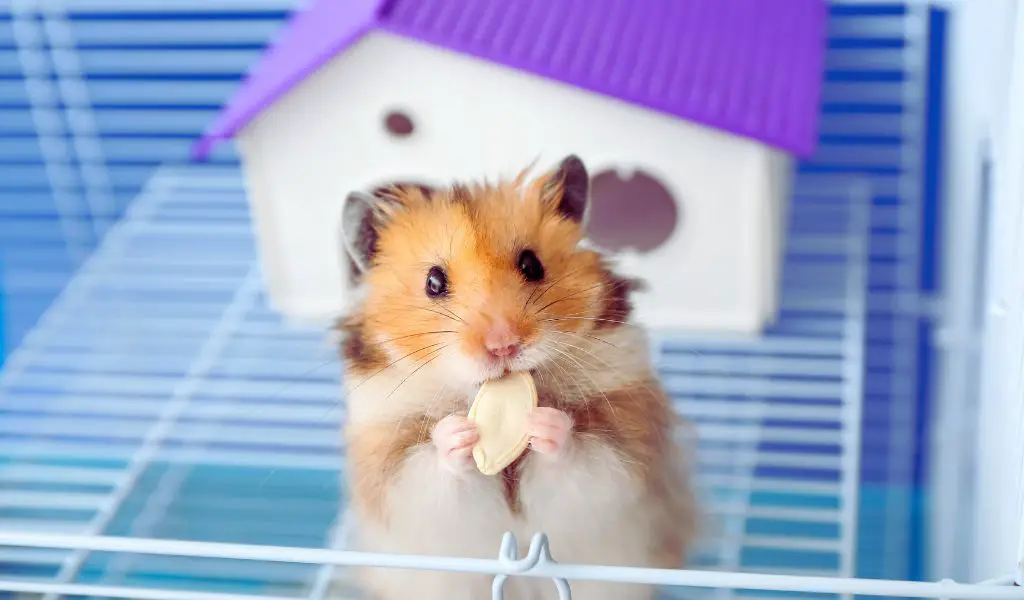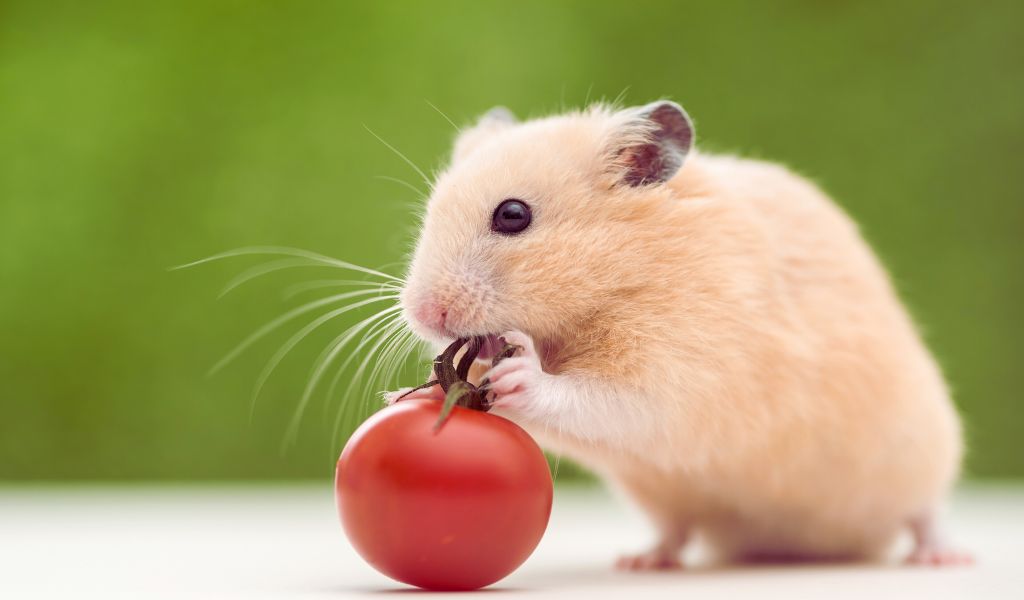Rabbits are beloved pets known for their adorable looks and unique personalities.
However, when it comes to choosing between a male (buck) and a female (doe), potential rabbit owners often wonder about the differences.
Understanding these distinctions is crucial for providing the best care and ensuring a harmonious rabbit household.
Physical Differences. Size and Shape, Fur Texture
Physical differences between male and female rabbits can be subtle but significant.
Generally, bucks have a broader head and are slightly larger, while does may have a more streamlined physique.
Fur texture can also vary, with some breeders suggesting differences in softness or thickness between genders.

Behavioral Differences. Territorial Behavior, Social Dynamics
Behavior is one area where male and female rabbits differ notably. Bucks can be more prone to marking territory, especially if not neutered.
Does, on the other hand, may exhibit nesting behaviors and can be fiercely protective of their space.
Understanding these behaviors is key to managing rabbit interactions and ensuring peace in multi-rabbit households.
Reproductive Health. Spaying and Neutering, Health Considerations
Addressing reproductive health is essential for the wellbeing of both male and female rabbits.
Spaying and neutering not only prevent unwanted litters but also reduce the risk of certain cancers and behavioral issues.
It’s vital to consult with a vet experienced in rabbit care to discuss the best time and procedures for these operations.
Bonding and Socializing. Bonding Processes, Compatibility Issues
Whether you’re introducing a new rabbit to an existing pet or looking to bond with your rabbit, understanding the nuances of rabbit socialization is important.
Male and female rabbits may have different approaches to bonding and compatibility, influenced by their individual personalities as much as their gender.
Lifespan and Health. Average Lifespan, Common Health Issues
The average lifespan of a rabbit can be influenced by numerous factors, including breed, diet, and overall care.
However, gender-specific health issues, such as uterine cancer in does, can also play a role.
Awareness and preventative care are crucial for ensuring a long, healthy life for your rabbit.
Housing Needs. Cage Size, Setup Differences
Rabbit housing should cater to their physical and behavioral needs.
While the basic requirements remain consistent, understanding the subtle differences in male and female rabbit behavior can help tailor their environment for comfort and stimulation.

Grooming and Care. Grooming Needs, Dietary Considerations
Grooming and dietary needs are essential aspects of rabbit care.
While both genders require regular grooming, attention to detail can prevent issues like fur matting.
Dietary considerations, balanced with exercise, contribute to a healthy weight and lifestyle.
Training and Activities. Litter Training, Exercise Needs
Training your rabbit, whether it’s litter training or learning simple commands, can be a rewarding experience.
Exercise needs are significant for all rabbits, but the approach might vary slightly based on their individual personality rather than gender alone.
Male Rabbit vs Female Rabbit. The Differences
When it comes down to it, the choice between a male or female rabbit often depends on personal preference and the specific personalities of the rabbits.
Both genders bring their own unique qualities to a home, making them wonderful companions.

Choosing the Right Rabbit for You. Personality Traits, Family Compatibility
Choosing the right rabbit is a decision that should be made with careful consideration of your lifestyle, household dynamics, and the rabbit’s personality.
Whether you lean towards a male or female, the right fit will enrich your life immensely.
Frequently Asked Questions
- How can I tell the gender of my rabbit?
- At what age should rabbits be neutered or spayed?
- Can male and female rabbits live together peacefully?
- What are some common behavioral differences between male and female rabbits?
- How do I introduce a new rabbit to my existing pet?
In conclusion, while there are distinct differences between male and female rabbits, both can make delightful pets.
Understanding these differences is key to providing the best care and ensuring a happy, healthy relationship with your rabbit.
Whether you choose a buck or a doe, the love and companionship a rabbit offers are beyond compare.





